Every morning Karen Gamble flips on the lights in the old worship hall and glances to her left at a black banner reading: “Who is the most famous person from Omaha, NE?”

She turns to her right in this room of old photos and yellowing newspaper clippings and locks eyes with a portrait of a man staring behind horn-rimmed glasses, pressing a finger to his temple.
“Good morning, Malcolm,” says the secretary of the Malcolm X Memorial Foundation.
Since 1971, the foundation has existed to honor Malcolm X, born in Omaha in 1925 as Malcolm Little. Though the Civil Rights icon left as a toddler, generations have dreamed of turning his former childhood home in the rolling hills north of Adams Park into a Civil Rights destination.
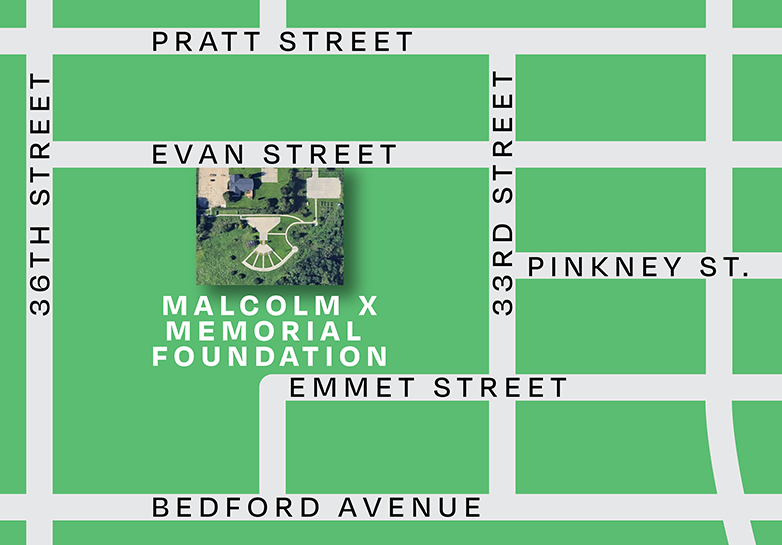
Despite a half-century of planning, penny pinching, fundraising and bartering, the 17 acres in North Omaha remain mostly undeveloped. The organization didn’t have a visitors’ center until the Jehovah’s Witnesses next door left and followers of the Civil Rights icon and Islamic leader bought it in 2010.
But the future of preserving Malcolm X’s legacy in Omaha looks brighter now than it has in decades, kick-started by a $20 million state grant meant to build a museum and renovate the visitors’ center. Leaders hope the long awaited changes will attract tourists, create jobs and inspire the community.
“We have a big job to do,” said executive director JoAnna LeFlore-Ejike. “Sometimes a big job takes a long time to build the right team, to build the right resources, even for an entire city or state to understand (the purpose).”



State senators capitalized on Malcolm X’s induction into the Nebraska Hall of Fame this May to secure the grant. After years of unsuccessful attempts, longtime State Sen. Ernie Chambers said he never thought he’d “see a white conservative Republican governor, in a white ultra-conservative state like Nebraska” honor Malcolm X, its only Black inductee.
The unwillingness to claim the Black leader has long kept his supporters struggling in obscurity, said longtime Malcolm X Memorial Foundation member Vickey Parks.
“I always felt the world loved Malcolm,” she said, “but the people in Nebraska didn’t.”
That only hardened their commitment. In each other, Malcolm X Foundation members have found the courage to protest and persist, they say. This progress is a bloom from that seed planted long ago, said Schmeeka Simpson, the foundation’s policy fellow.
“We’re just getting started,” she said.
‘It’s been a struggle’
Another photo in the old worship hall-turned visitor’s center shows a short, skinny woman with big glasses. She’s sitting near a blueprint showing plans for a property in North Omaha.

Rowena Moore once owned a house there, a country home with a wood-burning stove and outhouse surrounded by farm animals but few neighbors. She tore it down in the 1960s.
Not long after, her sister read a book that reminded her of exploring the home’s attic as a kid. She remembered finding papers there with a familiar last name: “Little.”
“I think this is the house that his family lived in,” Moore’s sister told her of the demolished home after reading Malcolm X’s autobiography.
Malcom X’s Omaha Roots
Earl and Louise Little moved to Omaha in 1921 to start a chapter of the Universal Negro Improvement Association. They preached Marcus Garvey’s messages of racial pride and independence at a hall near 24th and Lake streets about a mile from their home at 3448 Pinkney Street, according to Patrick Parr, author of an upcoming book “Malcolm before X.”


By 1920 Omaha’s Black population reached 10,315 people, double its total the previous decade, as many came to work in the meatpacking houses. The community had newspapers, a chapter of the National Association for the Advancement of Colored People and professionals in medicine, architecture and politics. On May 19, 1925, the population grew by one when Malcolm Little was born at University Hospital on 42nd and Dewey streets.
The growth also stirred segregation and violence, epitomized by the lynching of Will Brown in 1919. White Omahans posed over his burning body in a photo republished nationwide by the NAACP.
A 14-year-old boy who watched Brown die from the rooftop of his father’s downtown business never forgot that day.
“It was the most horrendous sight I’d ever seen,” said famed actor and native Omahan Henry Fonda, who defined his film career with stories of injustice, including lynchings similar to Brown’s.
“My hands were wet and there were tears in my eyes,” he said in 1975. “All I could think of was that young black man dangling at the end of a rope.”
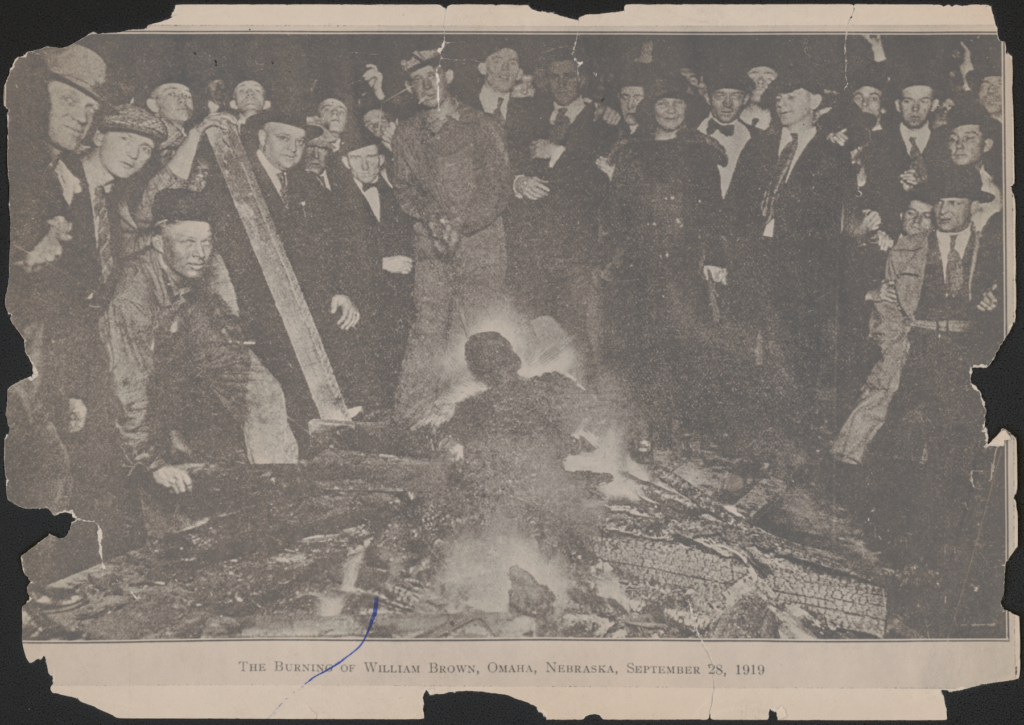
Malcolm X starts his own autobiography in Omaha, saying Ku Klux Klan riders terrorized his family here while his mother was still pregnant with him. The family eventually moved to Milwaukee in December 1926, though it’s unclear if the reason for the move was the threats, simple lack of opportunity in Omaha – or likely some combination of the two, Parr writes.
On June 30, 1964, Malcolm X returned to Omaha and gave several speeches at the request of a Black community group. El-Hajj Malik el-Shabazz as he called himself then, had journeyed from foster homes to prison to Islam to preaching Black nationalism. By 1964 he had returned from Mecca, split from the Nation of Islam and began to preach more unity and peace. Less than a year after his final trip to Omaha, he was assassinated in New York City.
Moore was not an X devotee, but she did care about Omaha’s Black community.
In 1924, her father moved the family here from Oklahoma to work at the meatpacking houses. During World War II, Moore organized strikes to force the packing houses to hire Black women. Later, she rallied people to protest police brutality, led efforts to invest in North Omaha’s Kellom neighborhood, chaired the Douglas County Democrats and ran for city council.
She even financed a movie called “The Sacred Beauty” and cast friends around town. Her sister Ellanora Parks can’t remember the plot, but knows the intent.
“She was really a community person,” she said. “If it was a good cause, Rowena was there.”
In 1971 Moore established what became the Malcolm X Memorial Foundation with hopes to build a museum, library and art galleries on the land.
Longtime member Vickey Parks still has t-shirts, buttons, hats and even Malcolm X air fresheners the foundation sold. Recordings of fashion show fundraisers they held sit on VHS tapes next to bricks people could buy and dedicate.

But donations did not flood in. Members couldn’t afford to pay someone to cut the giant lawn, which is as large as 13 football fields, so they did it themselves with a push mower, Parks said. Johnny Rodgers, the Nebraska football legend who became president after Moore retired in 1993, struck a deal with a construction company to clear the land of trees in exchange for fill dirt.
What money the Malcolm X Foundation did have went toward a fence to keep people from dumping trash there and replacing its homemade sign when it was stolen and defaced.
It took until 1987 for the state to plant an official marker there. In 2003, the city renamed a small road near the site after X. Eventually the foundation got grants to purchase its visitors’ center and acquired more land around his childhood home.

But the big dreams — museums, amphitheaters, landscaped gardens — were out of reach.
“It’s been a struggle. It’s been a struggle,” Parks said. “Everything we did has been such a struggle.”
Some blamed the lack of progress on Moore. In 1992, Moore admitted the foundation was “in shambles” and only had $131.
But Malcolm X’s reputation, not Moore’s, slowed progress, Rodgers said.
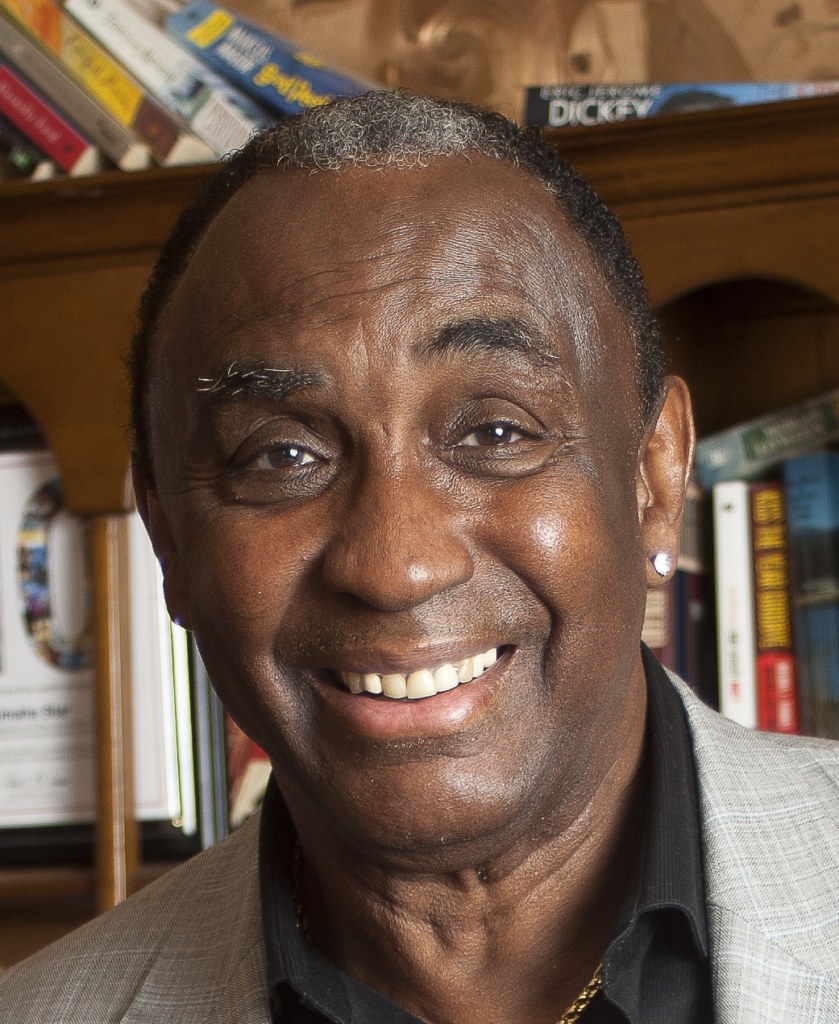
“It takes a long time when you’re advocating for a guy like Malcolm X who was fighting a cause that wasn’t really popular,” he said. “Helping Black people help other Black people has not really been a primary goal of people in power.”
Omaha’s Black population is also smaller than those in Chicago and New York City, which have institutions in Malcolm X’s name, Rodgers said.
Often Omahans had to fight to prove their relevance, Parks said.
“Are there even Black people in Omaha?” Parks would hear when she traveled.
Under different circumstances, Malcolm X would have led people in Omaha, Parks imagines. Instead she and others planned protests, lawsuits and voting drives, listening to his speeches on cassettes so often his words melted into the worn tape.
“I see it as a down payment,” Parks said of the $20 million grant from the state, “a down payment on the investment that should have been made in this part of town for (years).”
‘Beacon of Hope’
JoAnna LeFlore-Ejike grew up dancing and attending events at the Malcolm X Memorial Foundation. When she became executive director in 2022, LeFlore-Ejike inherited the dream to build out its acreage. Now she has an opportunity unlike any the foundation has seen.
In 2022, Sen. Terrell McKinney and Sen. Justin Wayne, both Democrats who represent North Omaha, started legislation that eventually earmarked $234 million in federal COVID-19 relief funds for North and South Omaha projects.
LeFlore-Ejike submitted her pitch, consistent with years of Malcolm X site plans showing a museum, amphitheater and cultural center. But she didn’t hear back.
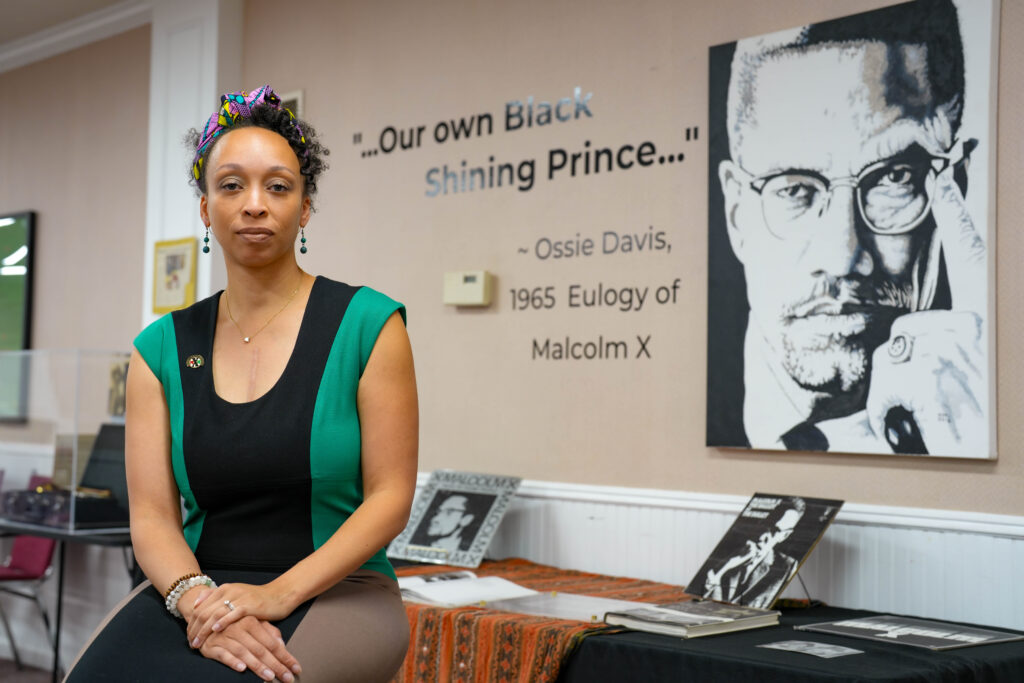
As the grant languished, LeFlore-Ejike contemplated another long-held dream: getting Malcolm X into the Nebraska Hall of Fame. He’d been nominated and passed over twice. “Why bother?” LeFlore-Ejike wondered of a third proposal. But giving up wasn’t an option.
“You had an assignment,” LeFlore-Ejike said past members told her. “You had to do your part.”
This time it worked. The bust was unveiled in May to a crowd that included Ilyasah Shabazz, daughter of the slain Civil Rights leader. Gov. Jim Pillen recognized Malcolm X’s birthday.
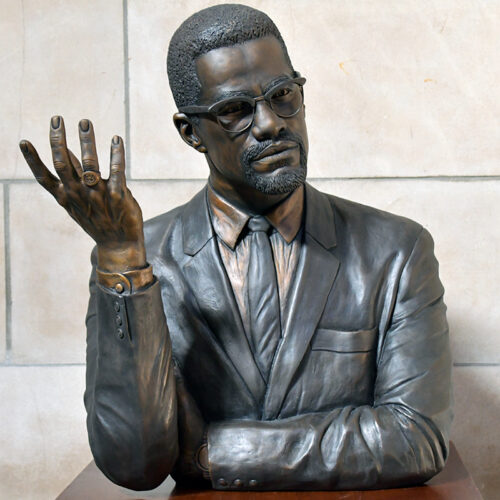
Then McKinney got creative, passing a law this year that allocated $20 million to build a museum in North or South Omaha dedicated to anyone inducted to the Nebraska Hall of Fame after Sept. 1, 2023. Only one such inductee qualified.
The state awarded the Malcolm X Memorial Foundation the grant in February. The foundation plans to announce requests for proposals this month and seek feedback at public meetings this fall. Funds must be allocated by 2027, LeFlore-Ejike said.
McKinney hopes this project can become a “beacon of hope for North Omaha.”
“Where is a place where we just got a sense of pride? Every community has something they could point to like that,” he said. “We got that here.”
‘The right people’
Schmeeka Simpson first read Malcolm X’s autobiography at 13 years old inside a juvenile lockup. She carried his story with her when, in 2014, she organized an Omaha protest after police shot and killed Michael Brown in the St. Louis suburb of Ferguson, Missouri.
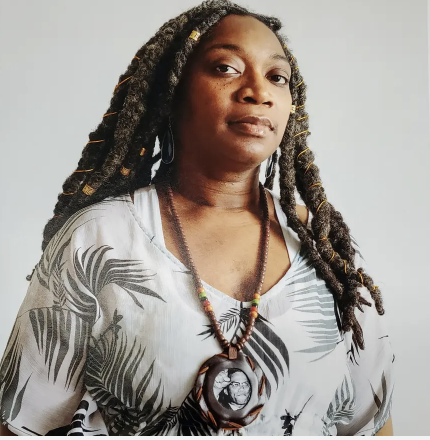
The 72nd and Dodge streets event attracted heavily armed police officers, Simpson said. One told her they were worried a certain speaker might incite a riot.
“That actually impressed me,” said Simpson, now the Malcolm X Memorial Foundation’s policy fellow. “I was like, ‘Well, gosh, if this one little skinny Black man can bring out all these law enforcement then I must be with the right people.’”
That skinny Black man is Leo Louis II, the foundation’s board president.
He first came to the Malcolm X Memorial Foundation to build a community garden. Then he attended meetings and learned its story.
“What was significant about the Malcolm X Memorial Foundation was the people,” he said. “It wasn’t Malcolm X.”
Sharif Liwaru realized that when he moved to Omaha at 17. The first place he went was the foundation. He was impressed by its size, location and independence.

“This was something truly outright owned and operated by Black people,” he said.
The independence fueled members to speak their mind.
In 2019, Louis organized a forum to talk about racial disparities in suspensions at Omaha Public Schools. Louis asked Liwaru, the district’s equity and diversity director, to invite principals.
Liwaru did and OPS fired him not long after. Unable to find a job, he moved to Portland for a similar position.
He doesn’t regret speaking up for his students and community, but says it was hard leaving the Malcolm X Memorial Foundation.
“But sometimes,” he said, “when you change energy through the change of leadership, things can happen.”
And things have happened. In May 2020, the visitor center held a wake for the family of James Scurlock, a Black 22-year-old shot and killed during George Floyd protests in downtown Omaha. Hours later the foundation held a massive rally calling for unity and action.

As the sun set behind the hills, Nikitah Imani, a Black Studies professor at the University of Nebraska at Omaha, spoke to the nearly 1,000 gathered protesters about the struggle for Civil Rights. It’s a history of small cracks and fissures, he said. Little by little pressure builds like water against a dam until it breaks.
“I am the water,” he said then. “You are the water.”
The next step
Walking through the Malcolm X Memorial Foundation feels like picking through an old relative’s home.
Pictures and amateur paintings of Malcolm X are displayed proudly on every wall — smiling, frowning, staring intently or gazing peacefully — alongside fragments of the foundation’s story.
Rowena Moore’s long resume. A postcard advertising the historical marker’s unveiling.
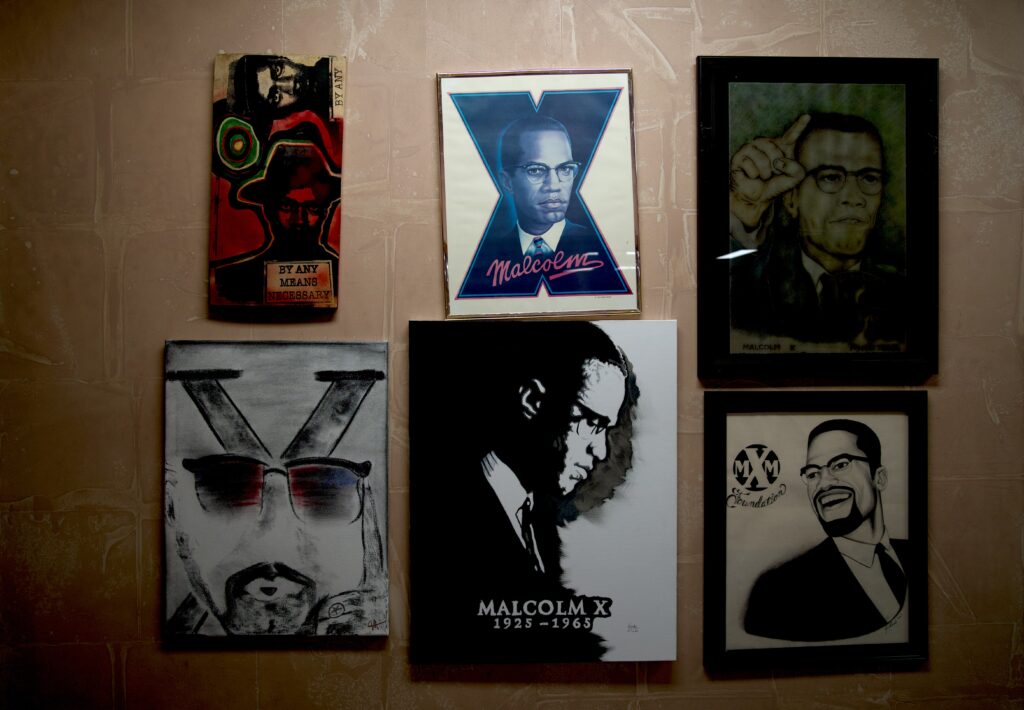
In a few years this could all look different. The architects and construction crews could transform this building, these grounds, into the international destination of which members have long dreamed.
What won’t be lost, LeFlore-Ejike said, is the integrity, borne from the toil that tested their resilience and the vision that glued them together. It’s in the homemade murals here, written on t-shirts for sale in the lobby and displayed in the original, hand-painted historical marker.
Generations of Black Omahans have struggled for this dream and set a path for leaders like LeFlore-Ejike. All they have to do now, she thinks, is take the next step.

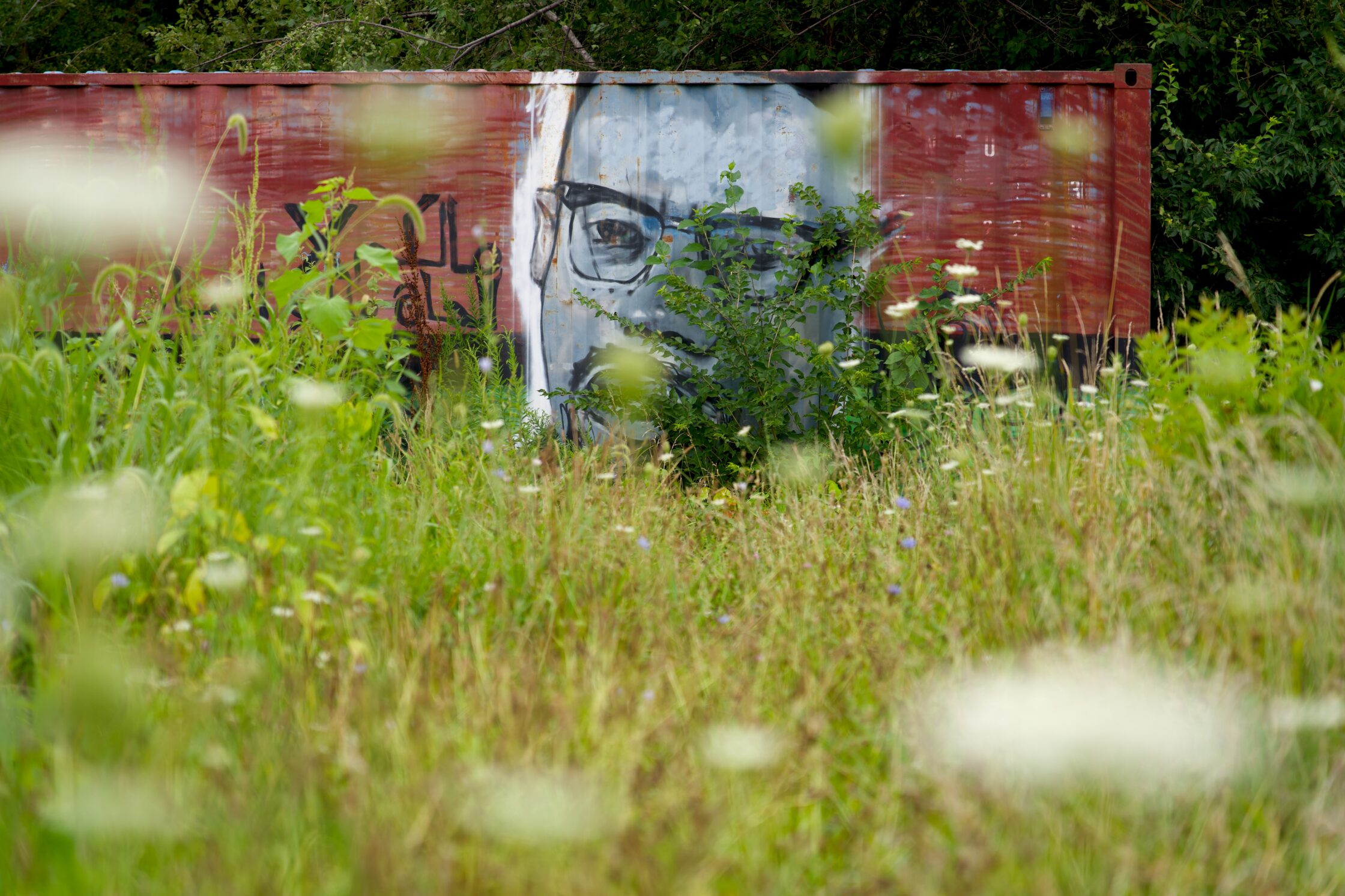

6 Comments
Great article. I did not know the history just to get the site even started. Projects like this don’t move very fast around here. I hope it picks up steam and the center is built soon. The history is important for our city.
Malcolm’s family was not attacked by the KKK but by the Black Legion, a far more violent white supremacist organization. The KKK during this period was attacking Catholics.
Nathan Murray should get artistic credit for the Malcolm X bust, just as you give credits to photographers.
Excellent article. It is truly a shame that it has taken this long for Nebraska to begin to move Malcolm X toward his rightful place in American history. Americans lionize the “Founding Fathers” as patriots, yet their grievances (largely philosophical/political) were comparatively trivial compared to those of Black Americans (and plenty of other groups).
What a great article! Having grown up in the 1960’s in Ralston, I was moved by the mistreatment of Blacks in Omaha. The stories on Malcolm X were riveting, and now Obama and Kamala should have great respect from us.
The Flatwater FreePress dug into the story and published it. This article demonstrates the lack of local and state attention and recognition–even concealment–given to Malcolm X as a historic national figure, leader, and seeker of justice.